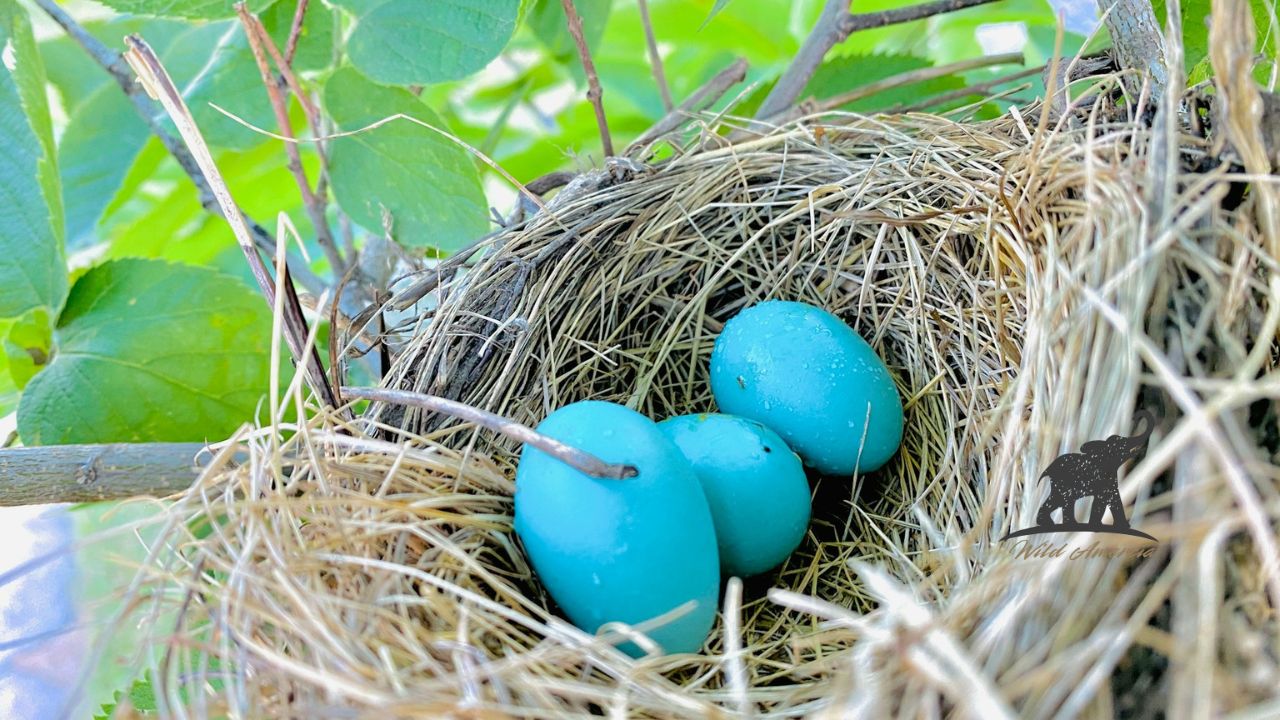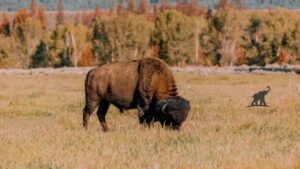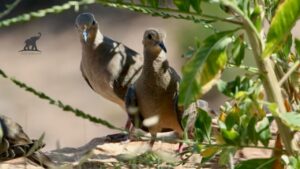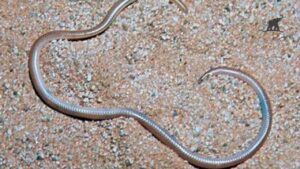Have you ever been lucky enough to spot a blue jay bird egg nestled in a tree? These remarkable eggs are among nature’s most beautiful creations, captivating birdwatchers and nature enthusiasts alike with their stunning appearance and fascinating characteristics.
The blue jay bird egg represents one of nature’s most intriguing mysteries. Unlike many other bird species, blue jays produce eggs with distinctive markings and colors that tell a remarkable story of survival and adaptation.
Some quick facts about Blue Jay Bird Egg
| Characteristic | Details |
| Size | 1.0-1.3 inches long, 0.7-0.9 inches wide |
| Color | Pale blue to blue-green with brown spots |
| Weight | 8-10 grams |
| Incubation Period | 16-18 days |
| Clutch Size | 3-6 eggs (typically 4-5) |
| Breeding Season | April through July |
| Nest Location | 10-25 feet high in tree forks |
What Makes Blue Jay Bird Eggs So Special?
The Mesmerizing Color Palette
The blue jay bird egg displays an absolutely breathtaking color combination that never fails to amaze observers. Each egg showcases a delicate pale blue or blue-green base color, adorned with intricate brown speckles and spots.
This stunning coloration isn’t just for show. The pigments in a blue jay bird egg serve important protective functions, helping camouflage the eggs from predators while allowing parent birds to recognize their own clutch.
Size and Shape Characteristics
A typical blue jay bird egg measures approximately one inch in length and three-quarters of an inch in width. The eggs have an oval shape with one end slightly more pointed than the other—a design that helps them fit perfectly together in the nest.
The smooth, slightly glossy shell of each blue jay bird egg provides excellent protection for the developing chick inside. Despite their delicate appearance, these eggs are surprisingly durable.
The Incredible Nesting Journey
Where Blue Jays Choose to Nest
Blue jays are incredibly strategic when selecting nesting locations for their precious blue jay bird egg clutches. They typically choose spots 10 to 25 feet above ground, preferring the sturdy forks of deciduous trees.
Oak trees are particularly favored, though blue jays also build nests in maple, beech, and pine trees. The location must offer both protection from predators and easy access for the parent birds.
Nest Construction: A Work of Art
Before laying their first blue jay bird egg, these intelligent birds spend days crafting their nest. They use twigs, bark strips, moss, and even human-made materials like string or paper.
The result? A sturdy, bowl-shaped structure that perfectly cradles each blue jay bird egg throughout the incubation period.
Breeding Season and Egg-Laying Process
Timing is everything
Blue jay breeding season typically runs from April through July, with peak activity occurring in May and June. During this time, you’re most likely to discover a blue jay bird egg in backyard trees.
Weather conditions play a crucial role in timing. Mild springs often see earlier egg-laying, while harsh weather can delay the process by several weeks.
The Egg-Laying Process
A female blue jay doesn’t lay all her eggs at once. Instead, she produces one blue jay bird egg per day until her clutch is complete. Most clutches contain four to five eggs, though some may have as few as three or as many as six.
Each blue jay bird egg represents a significant investment of energy and nutrients from the female bird.
Incubation: A Dedicated Partnership
Shared Responsibilities
Both male and female blue jays take turns incubating their blue jay bird egg clutch. The female typically handles most incubation duties, especially during nighttime hours.
Males actively contribute by bringing food to their mates and taking short incubation shifts. This teamwork ensures each blue jay bird egg receives consistent warmth and attention.
The 18-Day Journey
The incubation period for a blue jay bird egg lasts 16 to 18 days. During this time, the developing chick transforms from a tiny embryo into a fully-formed baby bird ready to hatch.
Temperature regulation is critical. Each blue jay bird egg must maintain a constant temperature of approximately 99.5°F (37.5°C) for proper development.
Common Threats to Blue Jay Bird Eggs
Natural Predators
Unfortunately, many creatures view a blue jay bird egg as a delicious meal. Common nest predators include:
- Snakes (particularly rat snakes and garter snakes)
- Squirrels and chipmunks
- Raccoons and opossums
- Other bird species like crows and grackles
- Domestic cats
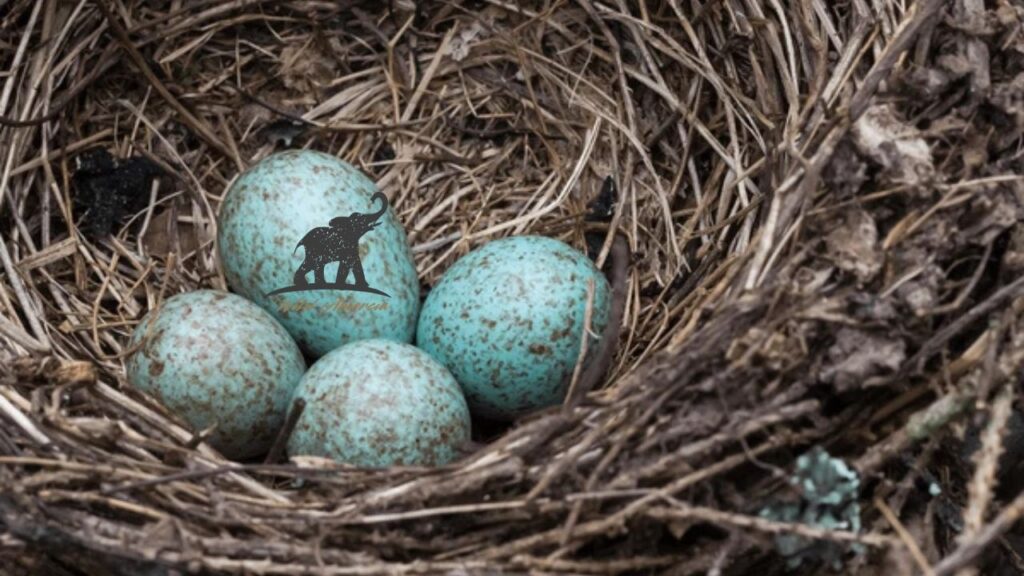
Environmental Challenges
Weather poses another significant threat to blue jay bird egg survival. Heavy storms can destroy nests, while extreme temperature fluctuations can harm developing embryos.
Human activities also impact success rates. Tree trimming, construction, and habitat destruction can disturb nesting sites containing a blue jay bird egg.
Fascinating Blue Jay Bird Egg Facts
Amazing Adaptations
Did you know that each blue jay bird egg contains everything needed to create a complete bird? The yolk provides essential nutrients, while the albumen (egg white) supplies water and additional proteins.
The shell thickness of a blue jay bird egg is perfectly calibrated. Too thick, and the chick can’t break out. Too thin, and the egg becomes vulnerable to damage.
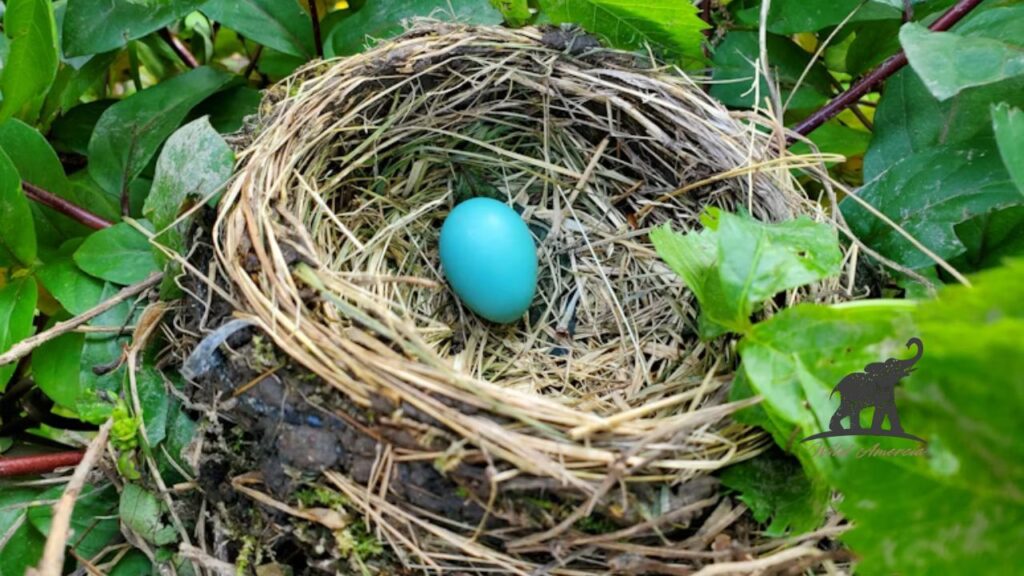
Color Variations
Not every blue jay bird egg looks identical. Some appear more blue, while others lean toward green. The intensity of spotting also varies significantly between individual eggs and clutches.
These variations help researchers track different family groups and study breeding success rates across populations.
Conservation and Protection
Legal Protections
Blue jay bird eggs receive protection under the Migratory Bird Treaty Act. This federal law makes it illegal to disturb, collect, or possess a blue jay bird egg without proper permits.
These protections exist because human interference can significantly impact breeding success rates.
How You Can Help
Support blue jay populations by:
- Maintaining native trees in your yard
- Providing fresh water sources
- Avoiding pesticide use during breeding season
- Keeping cats indoors during nesting periods
- Reporting unusual blue jay bird egg discoveries to local wildlife authorities
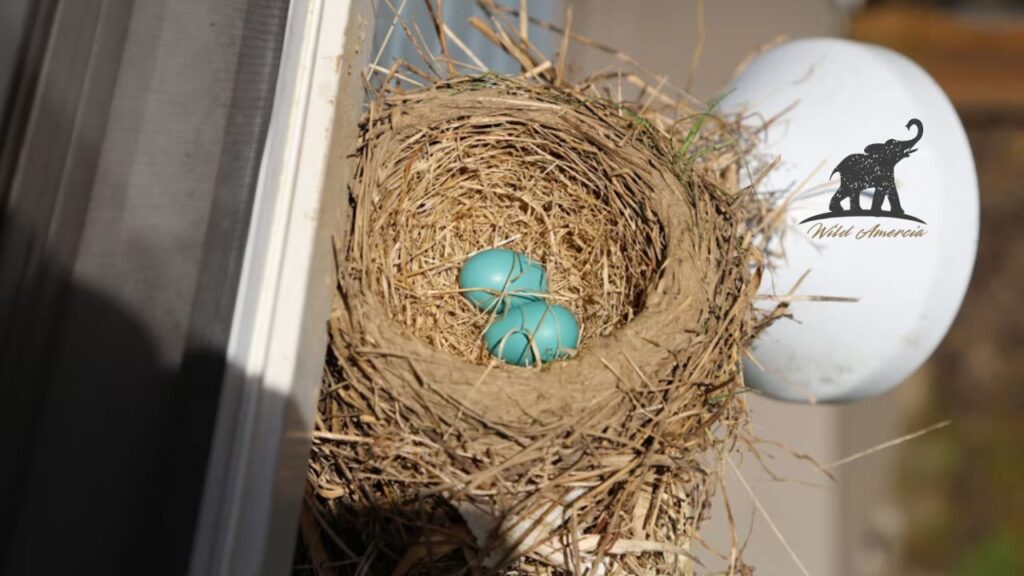
Frequently Asked Questions
How can I tell if I’ve found a blue jay bird egg?
A blue jay bird egg is pale blue or blue-green with brown spots, measures about one inch long, and is typically found in tree nests 10-25 feet high.
Is it legal to collect a blue jay bird egg?
No, collecting a blue jay bird egg is illegal under federal law. These birds and their eggs are protected by the Migratory Bird Treaty Act.
What should I do if I find a blue jay bird egg on the ground?
Don’t touch it. A blue jay bird egg found on the ground may have fallen naturally or been pushed out by parents. Contact local wildlife authorities for guidance.
How long does it take for a blue jay bird egg to hatch?
A blue jay bird egg typically hatches after 16-18 days of incubation by the parent birds.
Do both parents care for a blue jay bird egg?
Yes, both male and female blue jays share responsibilities for protecting and incubating each blue jay bird egg in their clutch.
When is blue jay bird egg season?
A: Blue jay bird egg laying typically occurs between April and July, with peak activity in May and June.
Final Thoughts
The world of the blue jay bird egg offers endless fascination for nature lovers. These remarkable eggs represent hope, renewal, and the incredible complexity of avian reproduction. Next time you spot blue jays in your neighborhood, remember the amazing journey each blue jay bird egg represents—from that first pale blue shell to a fully-fledged bird ready to explore the world.
Admin Recommendation
Cottonmouth Snakes in North Carolina (NC): Key Facts
The Fascinating World of Arctic Fox Fur
Experience the Majesty of Elk and Bison Prairie, KY
Cottonmouth Snakes in North Carolina (NC): Key Facts
Bald Eagle Spiritual Meaning: A Guide to Symbolism and Significance
The Appealing Charm of Ragdoll Kittens
Where to Find Arctic Fox Fur in AC Valhalla
The Barbados Threadsnake: Unveiling the World’s Smallest Snake
American Eskimo Dog: A Comprehensive Guide to This Charming Breed
Discovering Acadia National Park Wildlife
Spotted Salamanders: Nature’s Hidden Gems
Baby American Crocodile: Fascinating Facts About The Next Generation
The Fascinating World of the Albino Wild Turkey
American Bulldog puppies: Full of life, loveable and loyal
Baffin Polar Bear: A Journey into the Arctic’s White Majesty
NC Copperhead Snake: A Comprehensive Guide
Mojave Desert Rattlesnake—A Deadly Beauty of the Southwest
Mourning Dove Lifespan, Care, and Diet Guide
Arroyo Toad: A Guide to This Endangered Amphibian
Northern Leopard Frog: A Fascinating Amphibian
House Sparrow Fledglings:All You Need to Know
The Fascinating World of the Cave Salamander
Eastern Bluebird Spiritual Meaning: A Symbol of Hope and Happiness
When Goldfinches Transform: The Complete Guide to Goldfinch Molting

